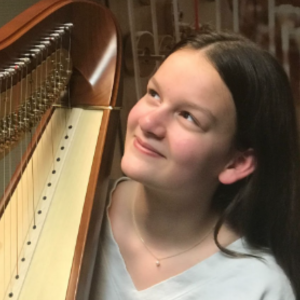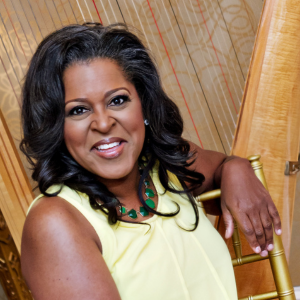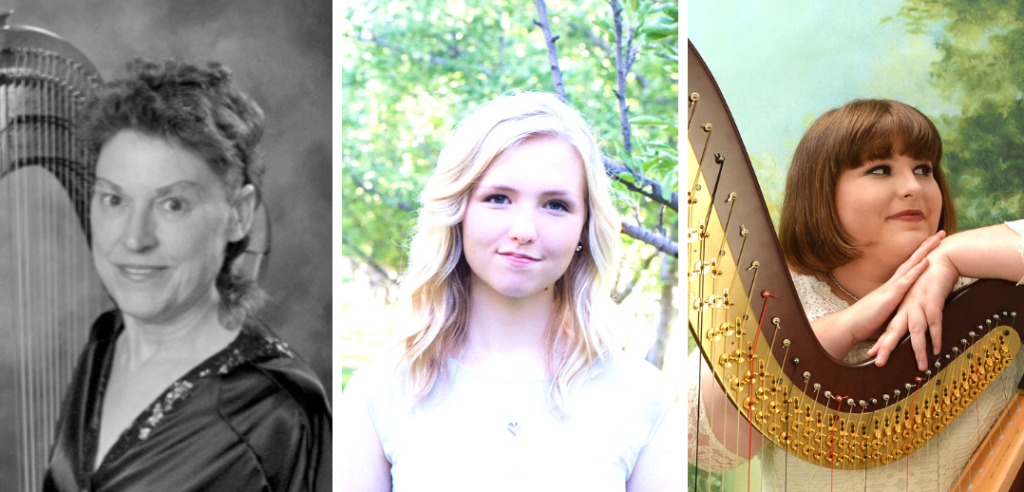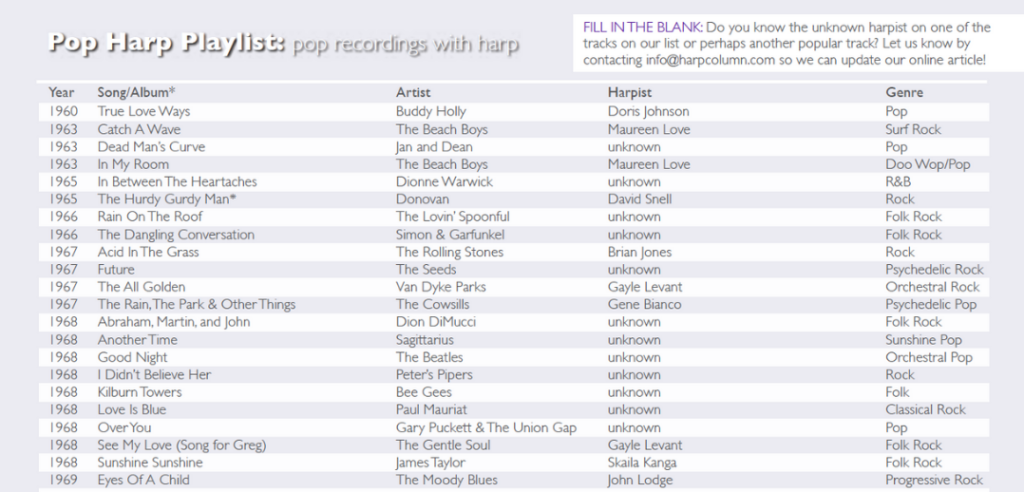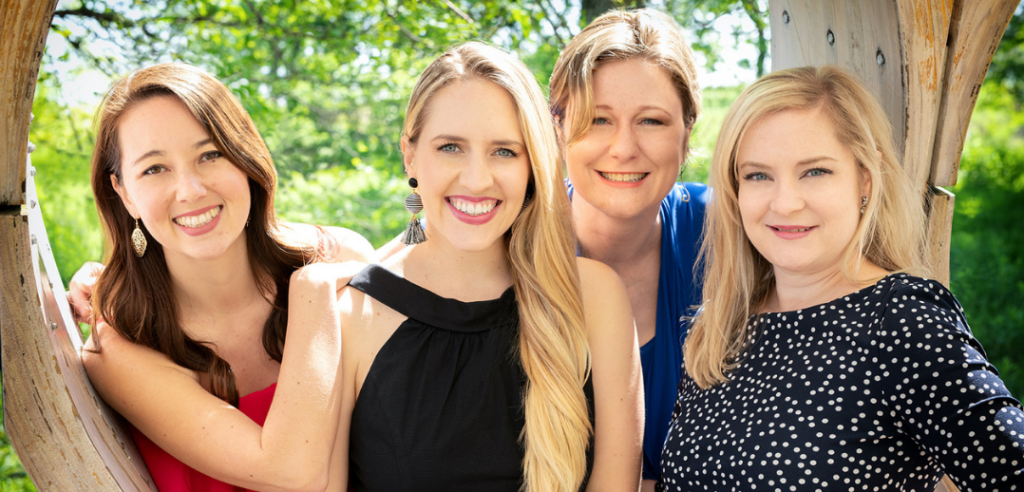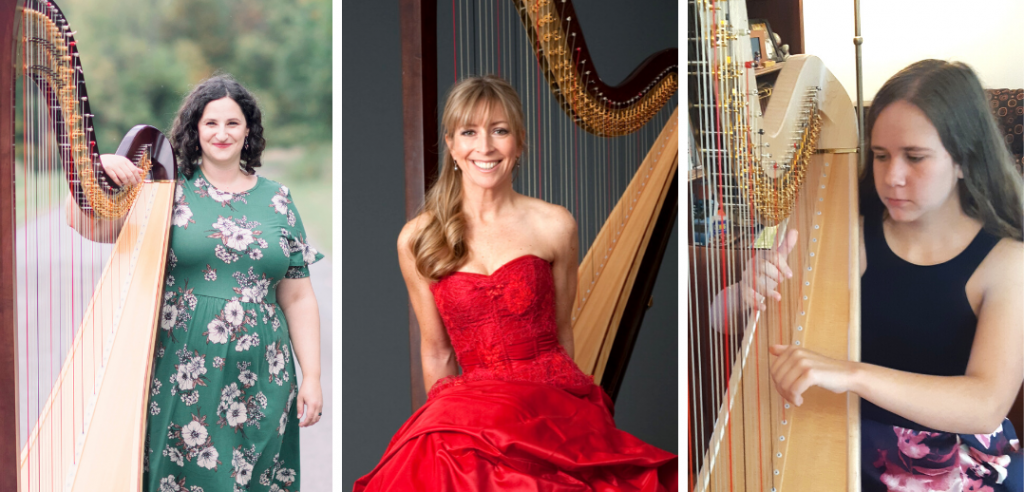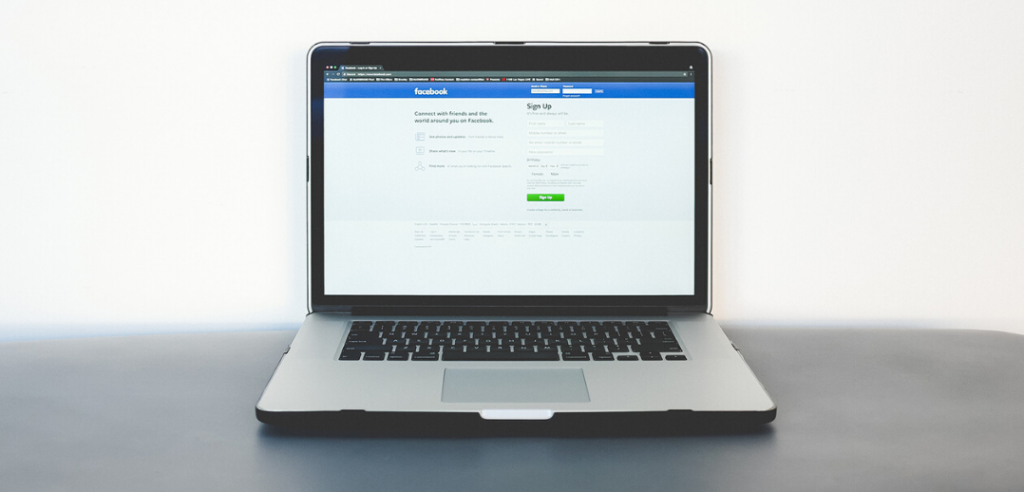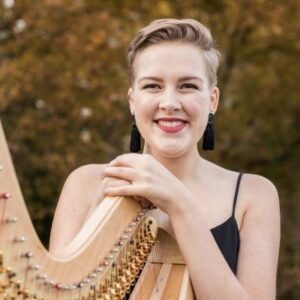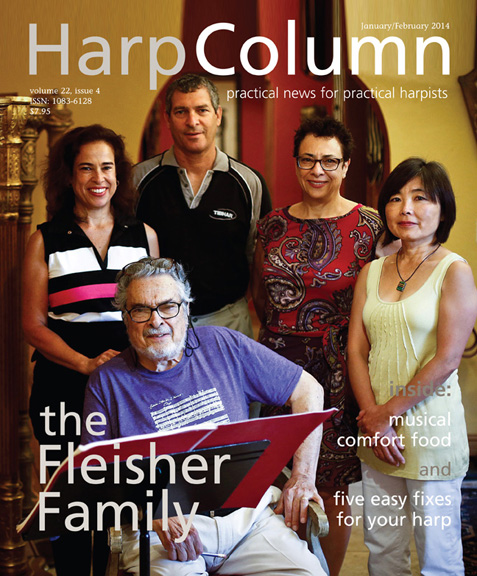
Sorting out who’s who can be confusing in this family of talented musicians. Here’s a quick genealogy primer to help you keep everyone straight.
All about Leon Fleisher.
 One of the preeminent pianists of his generation, Leon Fleisher performed with the New York Philharmonic at age 16 under Pierre Monteux who called Fleisher “the pianstic find of the century.” In 1952 he became the first American to win the prestigious Quezen Elisabeth of Belgium Competition. At the height of his success in 1965 he was struck with a neurological affliction later identified as focal dystonia, rendering two fingers of his right hand immobile. For nearly four decades he commissioned and performed works for left hand and turned to conducting. Recently, though special treatments, Fleisher has regained mobility in his right hand and is able to perform with both hands once again. He was a 2007 Kennedy Center Honors recipient and subject of the 2006 Oscar-nominated short documentary Two Hands: The Leon Fleisher Story. Sony Classical recently released a 23-CD box set of Fleisher’s 55 years of recordings.
One of the preeminent pianists of his generation, Leon Fleisher performed with the New York Philharmonic at age 16 under Pierre Monteux who called Fleisher “the pianstic find of the century.” In 1952 he became the first American to win the prestigious Quezen Elisabeth of Belgium Competition. At the height of his success in 1965 he was struck with a neurological affliction later identified as focal dystonia, rendering two fingers of his right hand immobile. For nearly four decades he commissioned and performed works for left hand and turned to conducting. Recently, though special treatments, Fleisher has regained mobility in his right hand and is able to perform with both hands once again. He was a 2007 Kennedy Center Honors recipient and subject of the 2006 Oscar-nominated short documentary Two Hands: The Leon Fleisher Story. Sony Classical recently released a 23-CD box set of Fleisher’s 55 years of recordings.
[protection_text]
The musical talent pool runs deep in the Fleisher family. Nicholas Jacobson-Larson, nephew of Katherine Jacobson Fleisher, composed the four-harp concerto performed by family members.

Nicholas Jacobson-Larson (center) enjoys a moment with the four harpists who premiered his concerto in Naples last fall. Jacobson-Larson is related by marriage to all the performers.
Harp Column: Tell us a little about the piece—Fantasia for Four Harps and Orchestra. What were you hoping to convey musically?
Nicholas Jacobson-Larson: Really just a sense of playfulness. What you hear is very different from the piece I started writing. It was originally conceived as a far more contemporary sounding “serious” concerto in traditional three-movement form, but I wasn’t having any fun writing it, so I threw it out and wrote something playful and old-fashioned—in other words, it has a melody. Then I was excited to wake up every day and work on it.
HC: Have you written any other works specifically for harp (or four harps!)?
NJL: I do a lot of writing and arranging for film scores in Hollywood—the land of the glissando—so most of the harp writing I’ve done up to this point has been pretty basic. This is the first piece I’ve written that features harps so prominently utilizing a wide variety of techniques.
HC: Tell us about the experience of writing a piece to be performed by your family. Did that make the process easier or more difficult?
NJL: Slightly nerve-racking during the writing process. You want them to like it on its own merits, not because you’re family, so they are excited about practicing it—but there’s no way to know when you’re writing it how they are going to respond, so you have to just write something that you’d want to listen to. We had some great rehearsals in Chicago over the summer, though, and by the end of that week, I think we were all very happy with the direction everything was headed.
HC: How can harpists get their hands on a copy of Fantasia?
NJL: For now, the best thing to do would be to get in touch with me with specific requests via the contact page on my website www.njlmusic.com.
HC: Do you have any plans for future performances of the piece?
NJL: There are a few orchestras interested in programming it, but nothing official yet.
HC: Do you have any plans to publish alternate orchestrations of the piece?
NJL: Yes. I have already done a three-harp version, and I will probably knock out a two-harp version as well. Perhaps I would do a smaller chamber revision if there is interest. •






